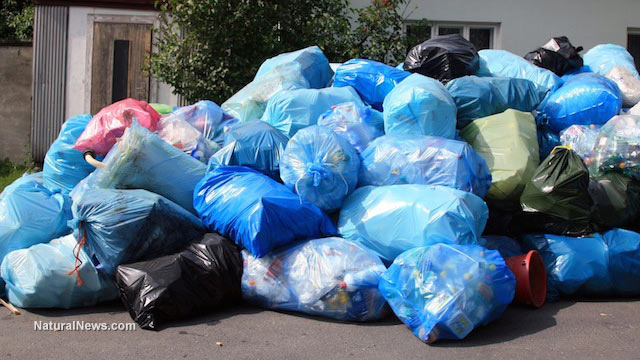
The paper, entitled “Designing out waste: exploring barriers for material recirculation,” recognized three different stages needed to re-circulate materials. These are production, the use of the products, and the disposal of the products.
Pizarro identified six main problems in all of these three stages. One of which was the lack of reliable information on secondary materials, as well as unclear responsibilities. She noted that re-circulating materials in society is, in itself, difficult. Therefore, the responsibility of managing waste should not be emphasized on just any one of the three stages mentioned. Rather, all stages should work together and move toward the same goal of material re-circulation.
It must be noted that most of the research done on the subject has focused on the production stage – for instance, designing products with recycling in mind. Pizarro says this is very hard to do, which explains why despite all the sustainable design methods currently available, very few designers actually take “End-of-life- considerations into account when creating their products.
In her research, she suggested looking at waste management instead of production, focusing instead on the materials that are already being discarded today. One of the biggest problems she noted in this area had to do with improper waste sorting, citing the considerable amount of biodegradable trash that could have been reused but end up in the incinerator.
She recommends the establishment of material re-circulation hubs in cities where local producers, material providers, waste managers, and makers can collaborate and come up with new ways to encourage and enable material recovery. (Related: Plastic waste garbage floating in Pacific Ocean has increased 100-fold.)
How to reduce trash
Trash is an inevitable part of life – as things grow old or lose their purpose, they will eventually need to go. But considering the huge problem related to managing garbage, efficient waste management, it seems, may not be enough as a solution. Consumers can help not just by following regulations, such as sorting trash properly, but also by reducing the trash that ends up in garbage cans in the first place. Here are a few tips:
- Buy used products – Buying pre-owned products that would otherwise have ended up in trash bins is a good start. They are usually found in consignment shops and reuse centers that offer them at a much cheaper price compared to brand new items. Sometimes, they may even be as good as new.
- Go for products that use less packaging – Wrappings and other types of packaging almost always end up in the trash anyway, so buying products that use less of them will be better for the environment. One can buy in bulk, instead of individually, to save up on packaging.
- Choose reusable over disposable – Using reusable products not only reduces trash, it also ends up being cheaper in the long run.
- Fix what can be repaired – Just because items like clothes and appliances get damaged a bit doesn't mean they need to be thrown away. It's better to have them repaired if the damage is minimal to save up on both garbage space and money.
- Borrow instead of buy – For items used infrequently, such as tools and party decorations, it might be better to borrow instead of buying them.
Learn about the impact of garbage on the environment at Enviro.news.
Sources include:
Please contact us for more information.























